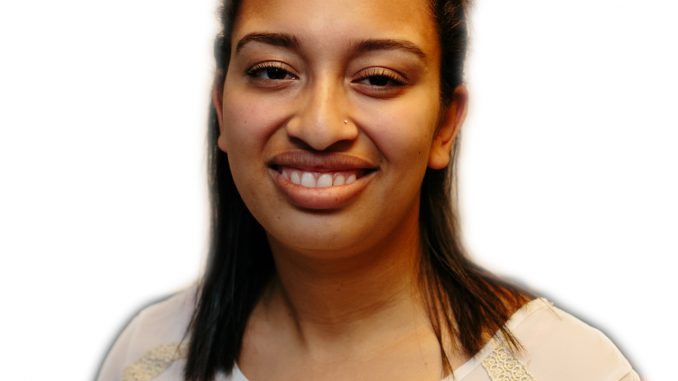
 Temple recently selected a new dean to head the College of Liberal Arts and is currently looking for deans to lead the Tyler School of Art and the Beasley School of Law.
Temple recently selected a new dean to head the College of Liberal Arts and is currently looking for deans to lead the Tyler School of Art and the Beasley School of Law.
With these leadership changes taking place at top levels of university administration, it has become clear that the deans of Temple’s 17 schools and colleges lack diversity.
“If everybody looks the same at the top, there’s a certain amount of blindness to what we need to do as an institution to make sure that everybody has opportunities in the best ways they can,” said College of Public Health Dean Laura Siminoff.
Despite the fact that the most recent data from a university spokesman puts the female student population at about 52 percent, there are currently only two female deans at Temple, one of which is Siminoff. The other is Hester Stinnett, interim dean of the Tyler School of Art, who may be replaced when the search is complete.
Temple does not fare much better in terms of representation of race, either. More than half of Temple’s deans are white. But about 32 percent of the students enrolled this semester are students of color.
“This is a nation where we’re still dealing with the legacy of white supremacy,” said Josh Klugman, a sociology professor who researches race inequalities in education. “It’s not even a legacy, it’s continuing. We still see the effects of segregation by law, and symbolically it’s important to have an equitable representation of the underrepresented.”
The lack of diverse representation in higher education, however, isn’t a problem confined to Temple. It is clear that other universities across the nation struggle with this as well.
In 2011, 26 percent of college and university presidents were women, according to data from Catalyst, a nonprofit aimed at inclusion of women in the workplace. Only 13 percent were people of color that same year.
Data from Catalyst also showed that during the 2013-14 school year, 42 percent of newly appointed deans at colleges and universities in the United States were women.
Still, the nation’s struggle to hire diverse university leaders doesn’t excuse Temple’s shortcomings. If anything, for a school often dubbed “Diversity University,” this matter is even more pressing.
“We can do a lot better,” Siminoff said. “It doesn’t mean that we’re any worse than every other university. We’re just not where we should be.”
“We have to be proactive in trying to find people,” Siminoff added.
Hiring and recruiting more diverse candidates for dean positions is an essential first step.
Last year, only one of the four CLA dean candidates chosen was a woman, and there were no candidates who were people of color.
“I think that the issue of underrepresentation is occurring before the candidate pools are being formed,” Klugman said. “I see that the diversity of our hires is pretty close to the diversity of our candidate pools.”
Diversity cannot be achieved without a diverse pool to choose from. Siminoff said it is important that dean positions continued to be filled through national searches to work toward diversity.
“I think the least we can do is this,” she said. “Searches can’t be refined to the Philadelphia area, even if it is such a diverse area.”
As Temple begins to look for candidates to fill the dean positions at the Beasley School of Law and Tyler School of Art, they should, of course, aim to find the best person for the job. But they should also keep in mind that the student body deserves to feel represented by their leaders.
With these two positions and any future leadership vacancies, Temple has an opportunity to correct the imbalance of representation at the helm of the university. I hope they choose to do so.
Jasmine Fahmy can be reached at jasmine.fahmy@temple.edu.



Be the first to comment